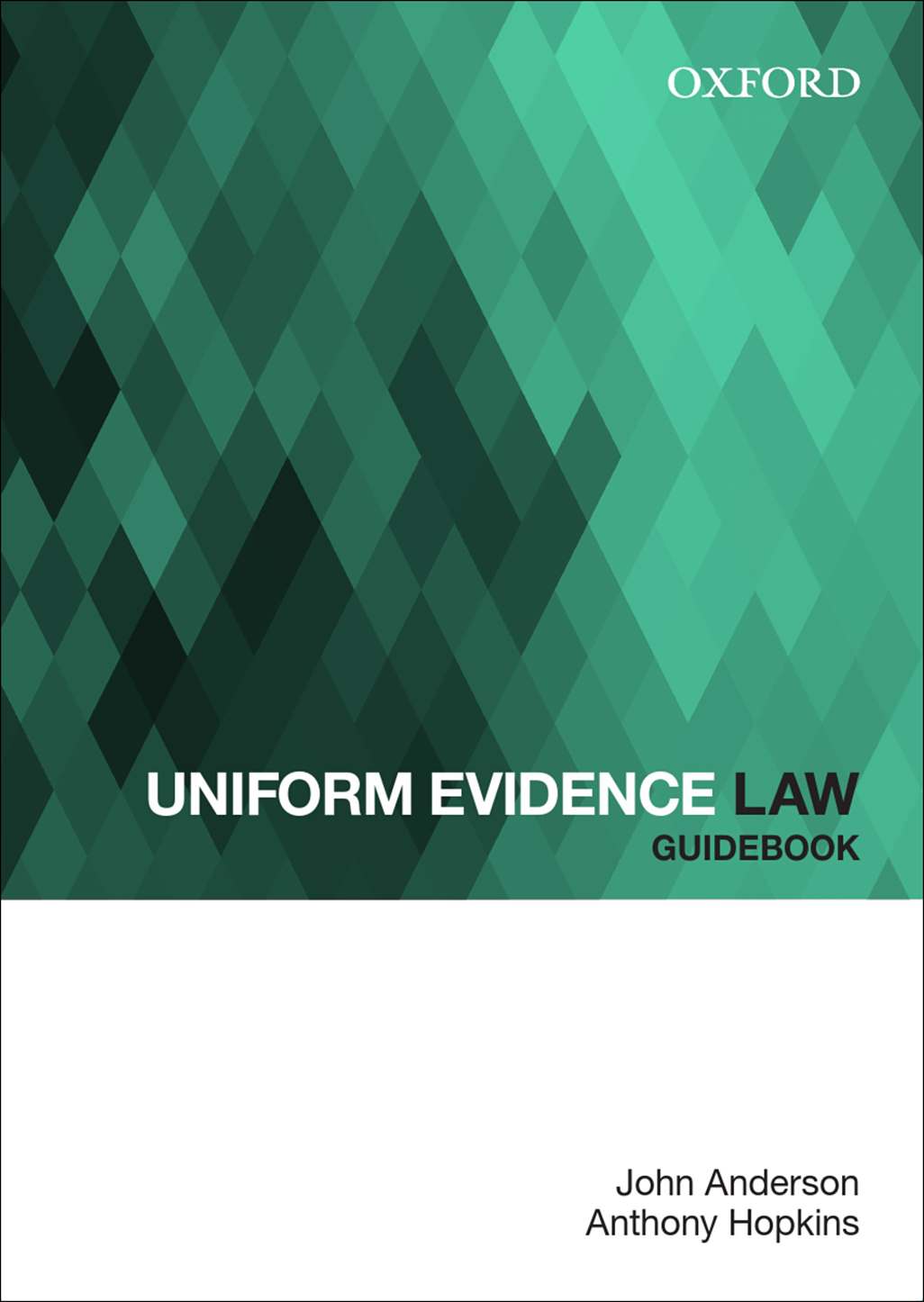Uniform Evidence Law Guidebook ebook

Uniform Evidence Law Guidebook ebook
|
ISBN: |
9780195597059 |
|
Binding: |
Ebook |
|
Published: |
12 Sep 2014 |
|
Availability: |
Available
|
|
Series: |
$43.95 AUD
$50.99 NZD
Add To Cart Add To Cart Request an inspection copyDescription
Uniform Evidence Law Guidebook is also available in print format.
The Uniform Evidence Law Guidebook is your guide to the essentials of uniform evidence law. It provides a clear and comprehensive outline of the foundation topics in evidence law in the uniform evidence jurisdictions, in an easy-to-read, student-friendly format. Learn how to link the key concepts from your lectures, textbooks and tutorials to get the most from your study, improve your knowledge of law and develop legal problem-solving skills.
This Guidebook will help you navigate through the fundamental points of Uniform Evidence Law using:
- Concise and clear explanations of what you need to know
- Cases, Sections and Statutes to Remember
- Study and Advocacy tips
- Assessment Preparation sections
- Diagrams and tables to help explain difficult concepts and complex material
- A Criminal Trial Thread Scenario running throughout most chapters
Contents
Authors
John Anderson - Associate Professor, Newcastle Law School, University of Newcastle
Anthony Hopkins - Barrister at Burley Griffin Chambers and a sessional lecturer, University of Canberra
Student Resources
Chapter 7: Hearsay and Exceptions - Advice for Students
Chapter 9: Opinions, Judgements and Convictions - Advice for Students
Chapter 10: Disposition Evidence I: Credibility and Character - Advice for Students
Chapter 11: Disposition Evidence II: Tendency and Coincidence - Advice for Students
Chapter 12: Identification Evidence - Criminal Trial Thread Scenario
Chapter 12: Identification Evidence - Advice for Students
Lecturer Resources
The following resources are available for lecturers who prescribe Uniform Evidence Law Guidebook for their course:
An Instructor’s Resource Manual containing additional material to support the Criminal Trial Thread Scenario.
For more information about the Uniform Evidence Guidebook, please contact your Oxford Territory Manager.
Sample Pages
Read a sample chapter from Uniform Evidence Law Guidebook: